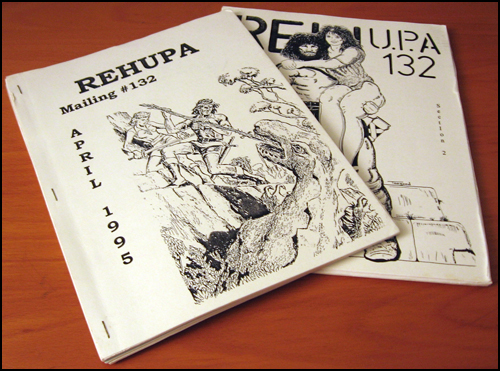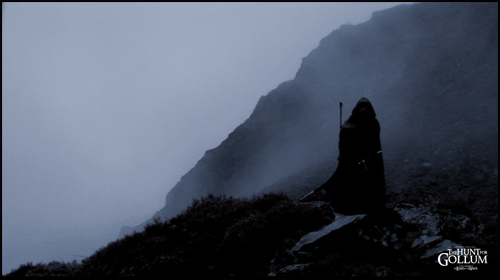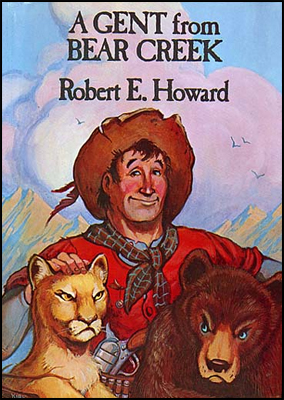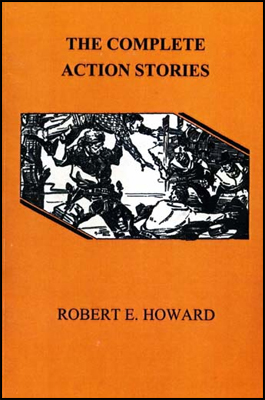Hurin the Steadfast: Part One of “The Wanderings of Hurin”
Wednesday, May 20, 2009
posted by Deuce Richardson
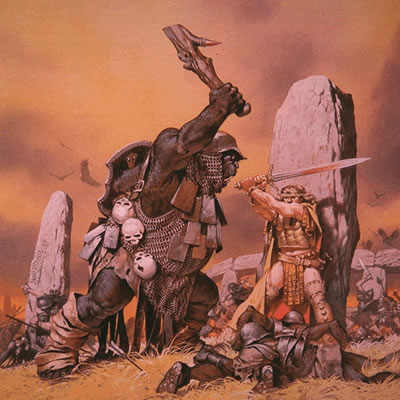
Part Three: The Long Road to Menegroth
My esteemed colleague, Brian Murphy, recently reviewed The Children of Húrin, so it seemed apposite to follow that with an account of what transpired after the death of Nienor and Túrin. Both died that fateful day above Cabed Naeramarth, but their parents, Morwen and Húrin, lived on. The curse of Morgoth upon the House of Húrin had yet to come to full fruition.
The tale of Húrin’s wanderings has come down to us, primarily, in one volume, The War of the Jewels: The Later Silmarillion, edited by Christopher Tolkien. Christopher Tolkien traces the evolution of the saga from the “lost continuation” of “The Grey Annals” (an account of the First Age written by JRRT in the early 1950s) to a “substantial complex of writing” which seems to have been composed in the latter half of that decade. The title that the elder Tolkien settled upon was “The Wanderings of Húrin.” All of this “substantial complex of writing” was in service of fleshing out the stories (he did the same, or began to, for his tales of Túrin and Tuor) that Tolkien had first envisioned in the ’20s and ’30s, fresh from the horrors of the Great War.
Tolkien, after the completion of his novel, The Lord of the Rings, went back to The Silmarillion with the intention of expanding it and bringing it into closer accord with his tale of the Fall of Sauron, which was, in many ways, an addendum and afterthought to the previous work. Tolkien had always intended to see The Silmarillion published, and in fact, he had submitted it to a befuddled Unwin-Ryan immediately after the unexpected world-wide success of The Hobbit. “The Wanderings of Húrin” was to play a pivotal part in Tolkien’s projected revision and expansion of The Silmarillion.
“The Wanderings of Húrin” is not The Hobbit. One tale was written (spoken, actually) in the early ’30s by JRRT to entertain his children, Christopher Tolkien chief amongst them. The other was begun by Tolkien in the late 1950s, when he saw “double-speak” (a term Orwell didn’t invent, but should have) and an Iron Curtain, with its attendant gulags (how different were Morgoth’s “Hells of Iron,” really?), spreading their influence across his world.
I will not go into the complexities regarding the composition of “Wanderings” here, other than to say Christopher Tolkien noted that his father, fairly early in the narrative, “came to a clearer understanding” of how things stood in Brethil when Húrin the Steadfast appeared at its borders with vindication and vengeance in his mind. As events would show, the shadow of Angband hung close about him.
Knowing what sorrows and horrors befell the eldest son of Galdor in the preceding six decades might allow the unitiated to better appreciate Húrin’s mind-set. (Continue reading this post)

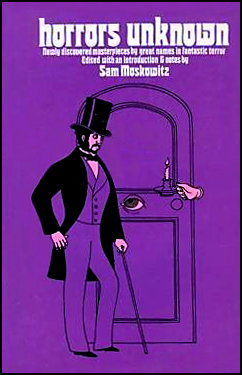 I see my fellow blogger Deuce Richardson has mentioned “The Challenge From Beyond” in his recent post. Unlike “Ghor, Kin-slayer,” however, this round robin actually works as a story, though it certainly has its quirks.
I see my fellow blogger Deuce Richardson has mentioned “The Challenge From Beyond” in his recent post. Unlike “Ghor, Kin-slayer,” however, this round robin actually works as a story, though it certainly has its quirks.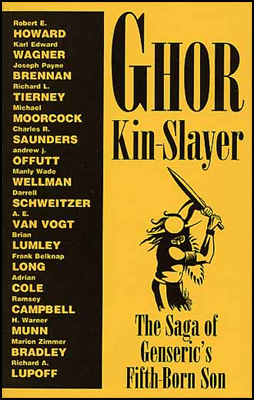 Sometime in the late 1970s, the Rev. Jonathan Bacon (a one-time member of REHupa) came up with a fairly cool idea. Bacon was the editor of Fantasy Crossroads, a Howard-centric fanzine. Through Glenn Lord, Bacon had acquired the Robert E. Howard fragment, “Genseric’s Fifth-Born Son” (the title derives from Lord, as far as I can ascertain), a part of the “James Allison” series of reincarnation tales. Bacon thought it would be interesting to bring together many of the active fantasy authors at that time and have them “complete” Howard’s fragment in a round-robin fashion. Robert E. Howard himself had participated in something similar when he wrote a chapter for “
Sometime in the late 1970s, the Rev. Jonathan Bacon (a one-time member of REHupa) came up with a fairly cool idea. Bacon was the editor of Fantasy Crossroads, a Howard-centric fanzine. Through Glenn Lord, Bacon had acquired the Robert E. Howard fragment, “Genseric’s Fifth-Born Son” (the title derives from Lord, as far as I can ascertain), a part of the “James Allison” series of reincarnation tales. Bacon thought it would be interesting to bring together many of the active fantasy authors at that time and have them “complete” Howard’s fragment in a round-robin fashion. Robert E. Howard himself had participated in something similar when he wrote a chapter for “
 Anthologies of sword-and-sorcery stories have always been thin on the ground. Credit must be given to
Anthologies of sword-and-sorcery stories have always been thin on the ground. Credit must be given to 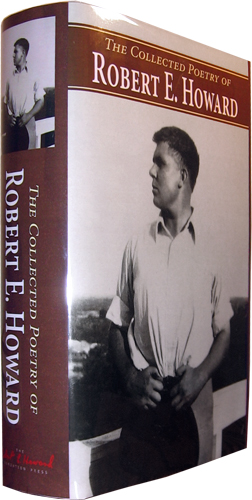 Finally received my copy of
Finally received my copy of 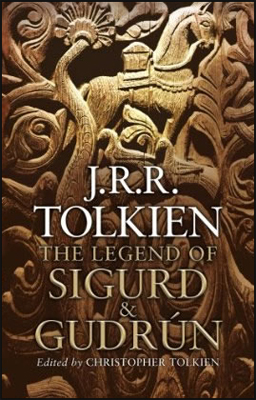 We live in halcyon days, my friends. Sure, there’s a global “economic downturn” grinding all and sundry ‘neath its leaden wheels and there is a possible influenza pandemic looming (or “lowering,” as REH might say), but we aficionados of the works of Robert E. Howard and John Ronald Reuel Tolkien have much to celebrate in the many coming months, gloom n’ doom notwithstanding.
We live in halcyon days, my friends. Sure, there’s a global “economic downturn” grinding all and sundry ‘neath its leaden wheels and there is a possible influenza pandemic looming (or “lowering,” as REH might say), but we aficionados of the works of Robert E. Howard and John Ronald Reuel Tolkien have much to celebrate in the many coming months, gloom n’ doom notwithstanding.